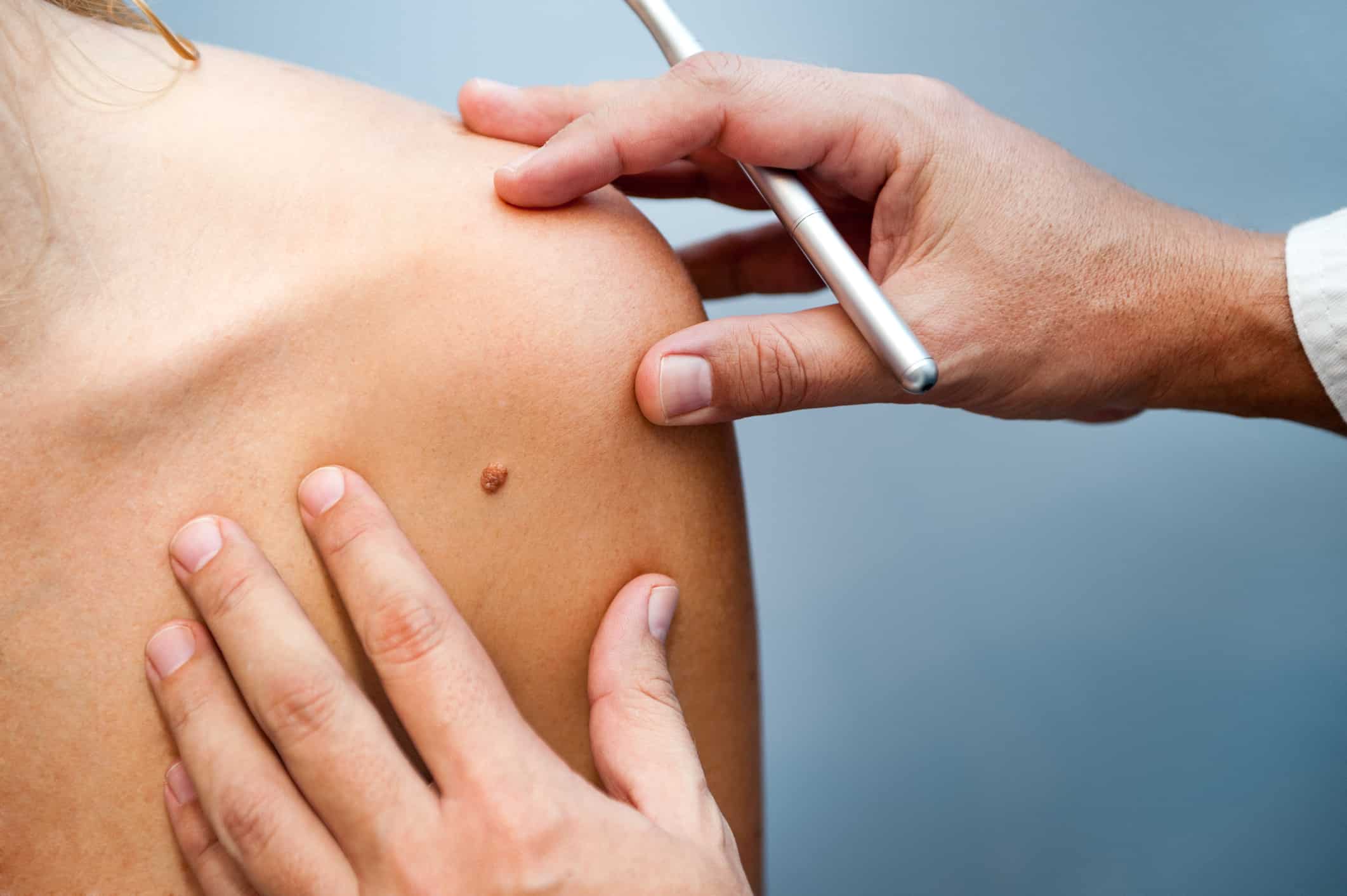We use a plasma device in clinic to remove lesions such as solar or actinic keratosis.
These are rough, scaly patches on the skin that develop due to chronic exposure to sunlight (ultraviolet or UV light).
Although solar keratosis and actinic keratosis lesions are not usually serious – a small proportion of them can develop into skin cancer.
You can find a video on our website of plasma being performed.

